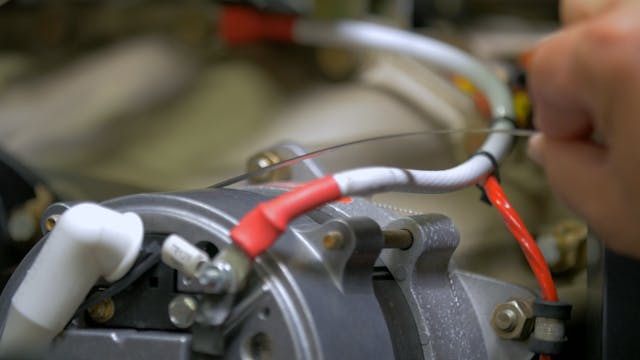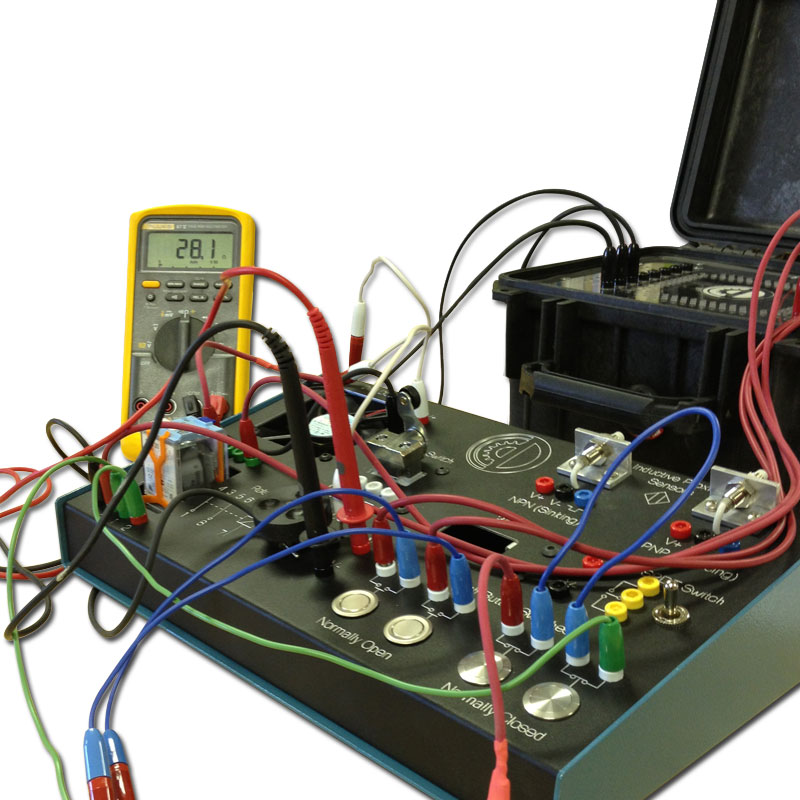Customized mechanical engineering industry support guidance for your business needs.
Customized mechanical engineering industry support guidance for your business needs.
Blog Article
Leading Tips for Effective Electric System Troubleshooting
Fixing electric systems requires a systematic strategy, based in a thorough understanding of electrical principles and safety and security procedures. By acquainting oneself with circuit elements, using vital tools, and adhering to an organized examination approach, experts can properly identify and fix issues. However, the nuances of effective repairing expand past simple technical knowledge; recognizing exactly how to document findings and focus on safety can significantly influence results. As we explore these crucial components better, it ends up being clear that understanding this procedure is not just helpful yet necessary for success in the field.
Understand the Basics
Comprehending the essentials of electrical systems is necessary for efficient troubleshooting, as a solid foundation permits service technicians to detect and solve concerns more efficiently. A comprehensive grasp of electrical principles, such as voltage, current, resistance, and power, is important in determining the origin of problems. Voltage is the electric prospective difference that drives existing with a circuit, while resistance opposes the circulation of current, affecting the overall capability of the system.
Experience with circuit parts, consisting of resistors, capacitors, diodes, and switches over, is additionally paramount. Each component plays an unique duty in circuit actions and can influence efficiency when malfunctioning. In addition, recognizing collection and identical circuit setups is crucial, as these plans influence the distribution of voltage and current within the system.
Specialists should be aware of possible threats, such as shock and short circuits, to execute safe troubleshooting methods. By understanding these fundamental concepts, professionals enhance their ability to conduct effective diagnostics and fixings, inevitably leading to boosted performance and reliability of electric systems (electrical system troubleshooting).
Gather Necessary Tools
Efficient troubleshooting of electrical systems needs the appropriate collection of devices to identify and resolve issues properly. Important tools consist of a multimeter, which determines voltage, existing, and resistance, permitting for exact analyses of electrical elements.
Additionally, protected hand tools such as screwdrivers, pliers, and wire pole dancers are crucial for safely controling electric links. It is additionally recommended to have a circuit tester handy to verify the presence of voltage in outlets and cords. For more facility systems, a thermal imaging camera can help spot overheating components, indicating prospective failings.

Follow an Organized Strategy
Having actually collected the suitable tools, the next action in repairing electric systems is to follow a systematic approach. A systematic technique guarantees that service technicians can identify faults efficiently and properly, reducing downtime and protecting against unnecessary repair services.
Begin by evaluating the system's schematic representations and requirements. This includes monitoring each element systematically, starting from the power source and working towards the lots.
Make use of screening devices, such as multimeters and oscilloscopes, to gather objective data about voltage, existing, and resistance at different points within the system. This empirical proof will certainly guide your troubleshooting initiatives and help to validate or remove possible sources of failing.
In addition, consider ecological elements that might affect the system's performance, such as temperature level variations or moisture ingress. A thorough evaluation of circuitry, connections, and elements will make sure that all possibilities are accounted for.
Paper Your Searchings For
Thorough documents is essential in the troubleshooting process of electrical systems. Exact records boost the effectiveness of determining reoccuring her latest blog issues and assist in communication among employee. Each searching for should be meticulously kept in mind, including signs observed, examinations performed, and the end results of those examinations. electrical system troubleshooting. This this website practice not only help in understanding the source of the problem but likewise functions as a recommendation for future repairing efforts.

In addition, maintaining a log of parts changed or fixings done is important. This information sustains inventory monitoring and can assist analyze the longevity and dependability of particular components.
Eventually, the paperwork process need to be complete yet concise, allowing very easy retrieval and evaluation - electrical system troubleshooting. By focusing on comprehensive paperwork, service technicians can produce a beneficial knowledge base that not just aids in existing troubleshooting however also empowers future maintenance initiatives, thus enhancing total system dependability

Prioritize Precaution
Acknowledging the integral dangers connected with electrical systems is critical for making certain security throughout troubleshooting. Electrical shock, burns, and devices damages are simply a few of the potential dangers that specialists encounter. Focusing on precaution is not only a lawful responsibility but additionally a moral essential that safeguards both the professional and the surrounding setting.
Prior to starting any type of troubleshooting job, technicians must don ideal personal protective equipment (PPE), including shielded gloves, safety and security glasses, and flame-resistant clothes. Guaranteeing that the workplace is completely dry and cost-free of clutter can substantially reduce the danger hop over to these guys of accidents. In addition, it is vital to de-energize circuits prior to beginning any type of work, validating that they are not live via making use of a multimeter or voltage tester.
Developing clear interaction protocols with team participants is additionally essential; this makes sure that every person understands prospective hazards and the status of the electric system being functioned on. Having an emergency reaction strategy in place can verify invaluable in the event of an occurrence. By prioritizing safety and security measures, technicians can efficiently minimize threats and foster a more secure workplace.
Conclusion
Efficient electric system repairing counts on a detailed understanding of fundamental principles and a systematic technique. Focusing on safety and security actions guarantees the wellness of individuals involved and the stability of the electrical system.
Report this page